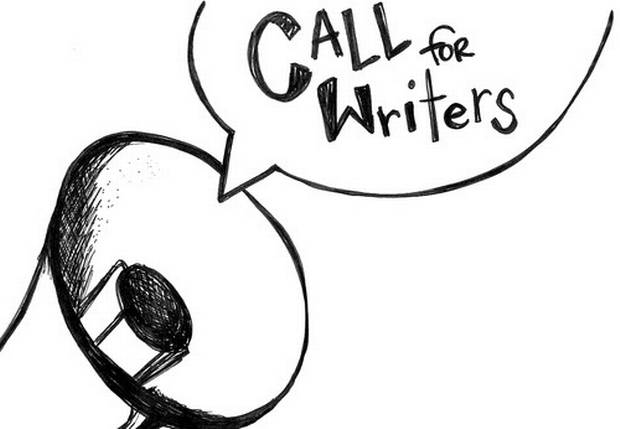Our theme week for July 2016 will be Representations of Female Scientists.
With the release of the new women-led Ghostbusters this weekend, now is the perfect time to explore depictions of female scientists in film and television. Some critics and audiences are excited by the new Ghostbusters because of its female cast (Melissa McCarthy, Leslie Jones, Kate McKinnon, and Kristen Wiig) in a potential blockbuster comedy, but also more specifically because of its inclusion of women as scientists. Although it’s disappointing that the only woman of color in the film is also the only one who’s not a scientist.
The iconic role of Star Trek‘s Uhura (Nichelle Nichols), a communications officer on a starship, was the first time many people saw a Black woman in a role onscreen other than as a maid, a housekeeper, or a slave. In real-life, Uhura inspired Dr. Mae Jamison and Sally Ride to become astronauts.
While not many female characters are scientists, we do see a range of occupations and specialties amongst women scientists onscreen. Dana Scully (Gillian Anderson) on The X-Files is a medical doctor and an FBI agent. Dr. Ellie Sattler (Laura Dern) is a paleobotonist in Jurassic Park. While mainly a cardiothoracic surgeon on Grey’s Anatomy, Dr. Cristina Yang (Sandra Oh) was also a surgical fellow at the Mayo Clinic and she eventually becomes the Chief of Cardiothoracic Surgery and Chief Medical Officer at the Klausman Institute for Medical Research in Switzerland. Ellie Arroway (Jodie Foster) in Contact is a scientist who works for the Search for Extraterrestrial Intelligence (SETI). Gorillas in the Mist tells the true story of zoologist and primatologist Dian Fossey (Sigourney Weaver). Claire Huddesen (Ann Miller) is an anthropologist in On the Town. Dr. Beverly Crusher (Gates McFadden) is the Chief Medical Officer on Star Trek: The Next Generation. Jane Foster (Natalie Portman) is an astrophysicist in Thor. In Sunshine, Corazon (Michelle Yeoh) is a botanist. Elsa Kast (Sarah Polley) in Splice is a genetic engineer. In Gravity, Dr. Ryan Stone (Sandra Bullock) is a medical engineer who becomes an astronaut. Interstellar features two women scientists: Dr. Amelia Brand (Anne Hathaway) and Murph Cooper (Jessica Chastain). Based on the real-life person, Virginia Johnson (Lizzy Caplan) on Masters of Sex is a researcher of human sexuality. Felicity Smoak (Emily Bett Rickards) on Arrow is a computer scientist. Cosima Niehaus (Tatiana Maslany), one of the fan favorite clones on Orphan Black, is a microbiologist focusing on evolutionary developmental biology; she’s also a lesbian who had a relationship with another female scientist, Dr. Delphine Cormier (Evelyne Brochu).
We don’t see many women of color as scientists onscreen, nor does Hollywood greenlight many women biopics. This makes the upcoming 2017 film Hidden Figures — starring Taraji P. Henson, Octavia Spencer, and Janelle Monáe as Black women mathematicians who worked at NASA during the Space Race and the Civil Rights Movement — such an exciting triumph.
Men typically portray scientists in film and television. In real life, gender and racial disparities exist in careers in science, technology, engineering, and mathematics (STEM). “The science and engineering workforce is largely white and male.” 39% of chemists, 27.9% of environmental scientists, 12.1% of civil engineers, and 8.3% of electrical and electronics engineers are women. Women of color “comprise about 1 in 10 employed scientists and engineers.”
Representation matters. If girls see representations of female scientists onscreen, it normalizes women as scientists and inspires girls who wish to become scientists too.
We’d like to avoid as much overlap as possible for this theme, so please get your proposals in as early as possible if you know which topic you would like to write about. We accept both original pieces and cross-posts.
Most of our pieces are between 1,000 and 2,000 words, and include links and images. Please send your piece as a Microsoft Word document to btchflcks[at]gmail[dot]com, including links to all images, and include a 2- to 3-sentence bio.
If you have written for us before, please indicate that in your proposal, and if not, send a writing sample if possible.
Please be familiar with our publication and look over recent and popular posts to get an idea of Bitch Flicks’ style and purpose. We encourage writers to use our search function to see if your topic has been written about before, and link when appropriate (hyperlinks to sources are welcome, as well).
The final due date for these submissions is Sunday, July 24, 2016 by midnight Eastern Time.

